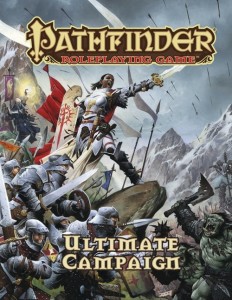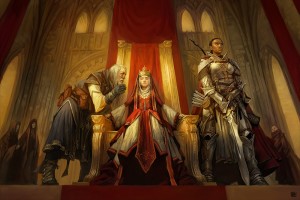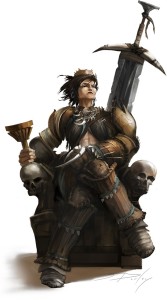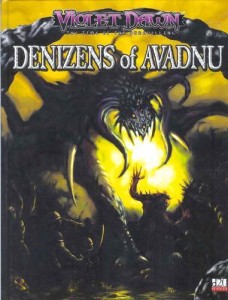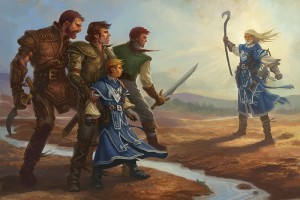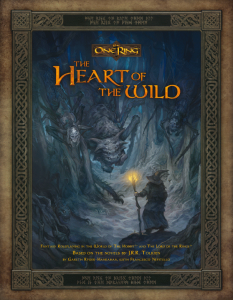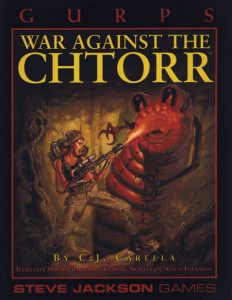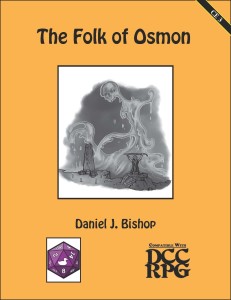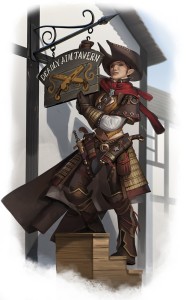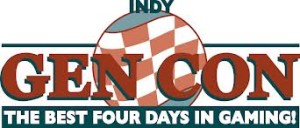 Gen Con is a gaming convention held yearly in Indianapolis. It features role playing games, board games, card games, and LARPs. If there is only one gaming convention people go to a year it is usually this one. This is the first year that it has been held in Indianapolis that I have not gone. I’m just a few hours away by car and I have plenty of friends to share a room with. But it just was not in the cards this year. It saddens me as there are a lot of friends that I only see there. Gen Con for me is not about gaming it is about the friends I have gained through gaming. For the socially awkward introverts like myself that is something to really cherish.
Gen Con is a gaming convention held yearly in Indianapolis. It features role playing games, board games, card games, and LARPs. If there is only one gaming convention people go to a year it is usually this one. This is the first year that it has been held in Indianapolis that I have not gone. I’m just a few hours away by car and I have plenty of friends to share a room with. But it just was not in the cards this year. It saddens me as there are a lot of friends that I only see there. Gen Con for me is not about gaming it is about the friends I have gained through gaming. For the socially awkward introverts like myself that is something to really cherish.
Gen Con is huge. It is really hard to imagine how big it is even if you are there. There are sections of the convention that people are not aware of because they focus on events some people are not interested in. I make an effort to walk around to all the places in the convention hall and all the rooms in the many different hotels that they use just so I can get a better appreciation of it all. There are all kinds of board and RPGs being run at all hours. They have GMs sign up to run games and then people buy tickets for these events. It is one of the main attractions at the conventions. People can sign up for games they know and love or try out ones that they have not been able to play before. It is a great way to get an idea of what else is out there in the industry. It is a part of Gen Con I avoid. I don’t like their system to sign up for events and I have better luck with games at smaller conventions. In all my time at Gen Con I have only played in one event and that was True Dungeon which I really disliked. I have run three games there and those were done as a favor for a friend who asked me to help him run some events. I play and run games with my large group of friends off book. We have our own GMs and a huge player pool. We do RPGs and board games and some card games and even miniatures.
I don’t think Gen Con likes that we do this. One year we had games organized on Google Calendar and Gen Con asked us to take it down. We used to use the open gaming space in the Hyatt and Gen Con people would harass us and then that spaced vanished. Now Open Gaming is in the convention center in smaller space that is never open. We would use table in the Embassy Suites but last year they were even cracking down on those and limiting when they could be used. I’m sure they are cracking down on all kinds of events that don’t bring the convention money. It doesn’t make me want to sign up for their events. It makes me want to game elsewhere.
My Gen Con experiences are about the people. I know gamers that fill their convention with events but that is too much pressure. I take a more laid back approach. I’ll schedule a game or two each day leaving plenty of time for just meeting and talking to people. I would spend time walking around and just see who I might run into and if they have a free hour to hang out with them. I’m a morning person so I would always be up early and I knew which of my other friends would be up and we would get a nice breakfast somewhere. It is a great way to start off the day with breakfast and good gaming conversations with good friends before the masses wake up.
Nights are filled with parties. I will attend more parties at Gen Con than I will the rest of the year. I do not drink alcohol, so that activity at the parties is lost on me. But after a few hour of conversation there is usually some people just wanting to play something so we will throw together a board game or some kind of gaming event. Even if we don’t there are few things better then talking and not drinking with friends.
The dealer hall is a big focus of the convention for many gamers. It is the place that the vendors are and it has reduced hours. There is always some hot new item that hundreds of people want and that causes the ‘Running of the Fatbeards’. It is not complimentary term. The doors will open and hundreds of people will run in trying to buy what they want. I’ve seen it and it looks dangerous. I’m really surprised no one has been trampled yet. It is only luck no one gets injured. Convention Staff just stand back and try not to get hurt themselves. I used to spend a lot of money in the dealer hall. As the years have gone by though the old out of print books I want, I mostly have. There are fewer and fewer items being made that interest me. It is the great irony of a gamer. When you are young you have all kinds of time to play games but no money to do so. When you get older you have the money but no longer the time.
One hassle in Indy is that Gen Con doesn’t seem to get the city to itself. There are usually other events going on that clash with Gen Con. Sometimes it is other conventions, or a preseason football game, or some kind of motorcycle rally. This can make it difficult to get a hotel or parking. Parking is expensive, at least compared to the large cities near me. It is about three times more expensive there. Hotels are also not cheap, especially if one likes to do like I do and arrive Tuesday and leave on Monday. It is more expensive but worth it. I’ve stayed in seven different hotels there and a condo. None of them have been bad.
Gen Con is a great experience and something I look forward to every year. I am sad I am not there now and not going to enjoy the great experiences. It is not a perfect convention by any means and I know the way I experience it is going to be very different from how other people do.
Chris Gath. I’ve been gaming since 1980 playing all kinds of games since then. In the past year I’ve run Pathfinder, Dungeon Crawl Classic, Paranoia, and Mini d6. My current campaign is mini d6 and we are using that for a modern supernatural conspiracy investigative game. On some forums I’m known as Crothian and I’ve written a few hundred reviews though I took a sabbatical from reviewing for a few years as it burnt me out. I was also an judge for the Gen Con awards (ENnies) six times. Jeff, the owner of this blog, is one of my players and a good friend.

